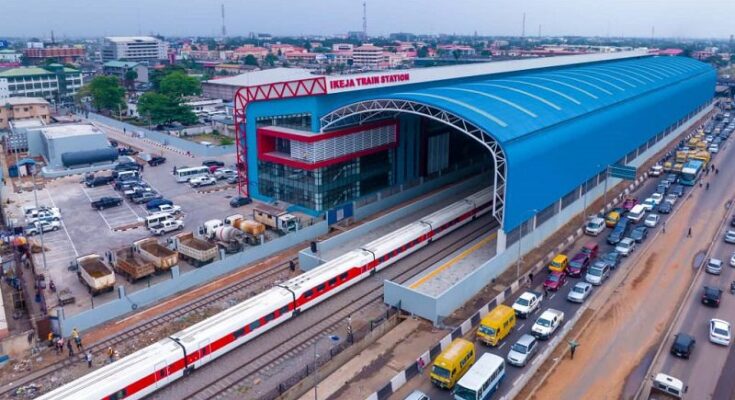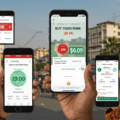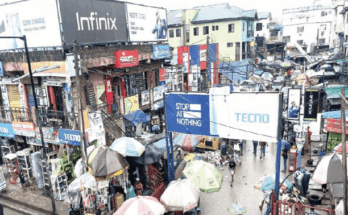By Sunkanmi Adewunmi
Lagos’s bustling Ikeja district has a brand-new landmark: the sleek Ikeja Train Station, part of the long-awaited Lagos Rail Mass Transit. Opened in early 2024 with great fanfare, the station plugs Ikeja into the Red Line network and is already reshaping daily life. According to Xinhua News, the first phase of this Chinese-built rail project “opened a new chapter in addressing the challenges of traffic congestion and commuting delays that have long plagued” Lagos. Now residents and visitors in Ikeja can board air-conditioned trains instead of idling in traffic jams. The Red Line’s 27 km first phase connects Ikeja southward (through Mushin and Yaba) to downtown Lagos and northward toward Agege and Agbado. Plans even call for a future branch from Ikeja station to the Lagos International and Domestic airports, meaning Ikeja railway station will eventually link travelers directly to the city center. In short, this new Lagos train service has turned Ikeja from a road-choked bottleneck into a modern transit hub.
Fast, Easy Travel on the Red and Blue Lines
The new Lagos Red Line and Lagos Blue Line trains are already cutting travel times dramatically. For example, Lagos officials report that the Red Line now carries riders between Agbado and Oyingbo (through Ikeja) in about 50 minutes, with trains arriving every few minutes and only about 2 minutes of wait time at each station. Similarly, the Blue Line (running east–west from Marina to Mile 2) has quickly proven its worth: LAMATA announced it carried 583,000 passengers in its first four months of operation. These Lagos train services are already serving hundreds of thousands of commuters who once relied on slow, crowded buses. In fact, the government press calls the new rails “a game-changer for commuting in Lagos”, dramatically boosting travel options for Ikeja residents. Over time, when all phases are complete, each line is expected to handle hundreds of thousands of riders per day. In practice this means transportation in Ikeja is now faster, more reliable, and far more convenient. Instead of navigating snarled traffic, commuters can step onto a clean train and enjoy a swift, comfortable ride across the city.

Boosting Local Business and Opportunity
The rail boom is a big win for Ikeja’s economy. With daily ridership climbing, nearby shops and markets are seeing more foot traffic. Officials highlight that the rail project was designed to “stimulate local businesses” and create job opportunities along the line. For example, new retail outlets and kiosks are popping up at stations, and investments in housing and offices near Ikeja Station are already underway. Analysts note that property values and rents tend to rise around major transit stops, so Ikeja landlords and developers are eagerly filling plots with new apartments, malls, and offices. In short, the Lagos rail project is generating an economic lift: by linking Ikeja more tightly to Lagos’s economy, it brings new customers and workers into the community. Small businesses—from cafés to souvenir shops—are eyeing the influx of train riders for sales, and long-term residents are hopeful about the influx of jobs in retail, security, maintenance and services that the rail lines make possible.
Cleaner, Greener Commutes
Another benefit is the environment. Lagos is notorious for air pollution from cars and buses – road vehicles account for roughly 32% of the city’s fine-particle (PM2.5) pollution. The rail lines help cut that. The Blue Line, for example, runs fully electric trains (EMUs) that produce no local emissions. This means a smooth, quiet ride powered by electricity instead of diesel fumes. Even the stations have been designed for better urban mobility: there are safe pedestrian walkways, bicycle parking, and connections to BRT buses and ferries so that more people can leave their cars at home. In the coming years, as more lines come online and bus routes are linked to the rail, Lagos officials expect a significant drop in highway traffic and smog. For Ikeja residents, that translates to cleaner air, less noise, and a safer walk to the station – a welcome change from the crowded city roads of the past.
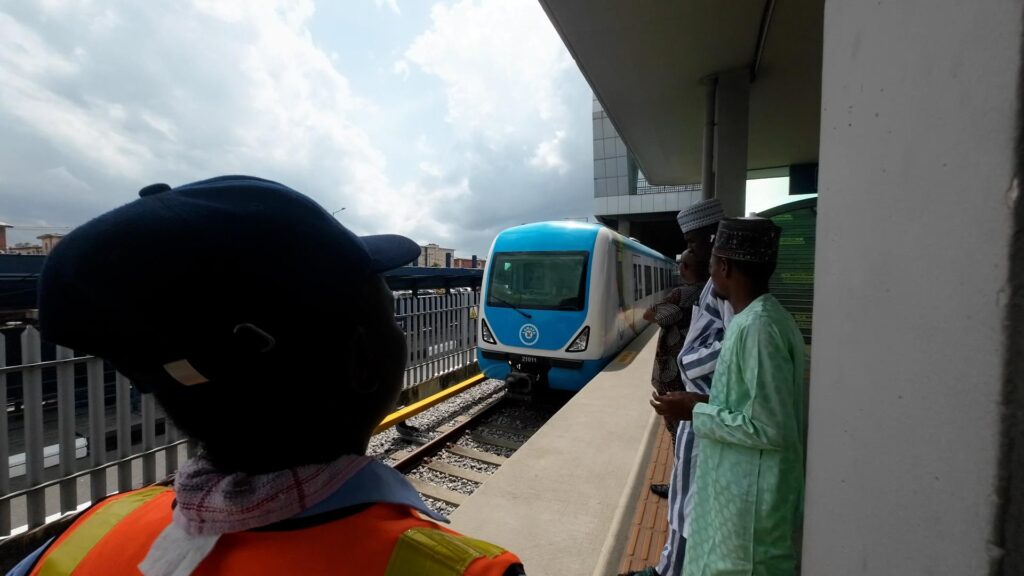
Upgraded Lifestyles and Tourism Appeal
Beyond shorter rides and better air, the new rail lines are upgrading everyday life in Ikeja. Commuters are already praising the comfort and predictability of train travel. As one Lagos newspaper put it, the Red Line “has brought a ray of hope to millions of residents, transforming the way they travel and live”. Governor Sanwo-Olu himself explained that the goal is not just faster transport but “connecting and empowering the people of Lagos” and improving everyone’s quality of life. Indeed, now a family in Ikeja can catch a train to downtown with time left over for work or leisure instead of sitting in gridlock. Even tourists benefit: with the planned airport link at Ikeja, visitors can land at Lagos airport and hop on a train at Ikeja Station to reach the city center or resorts in minutes. And as the network expands (with future lines to Lekki, Ajah, and beyond), Ikeja will become an even more convenient jump-off point for exploring Nigeria’s megacity.
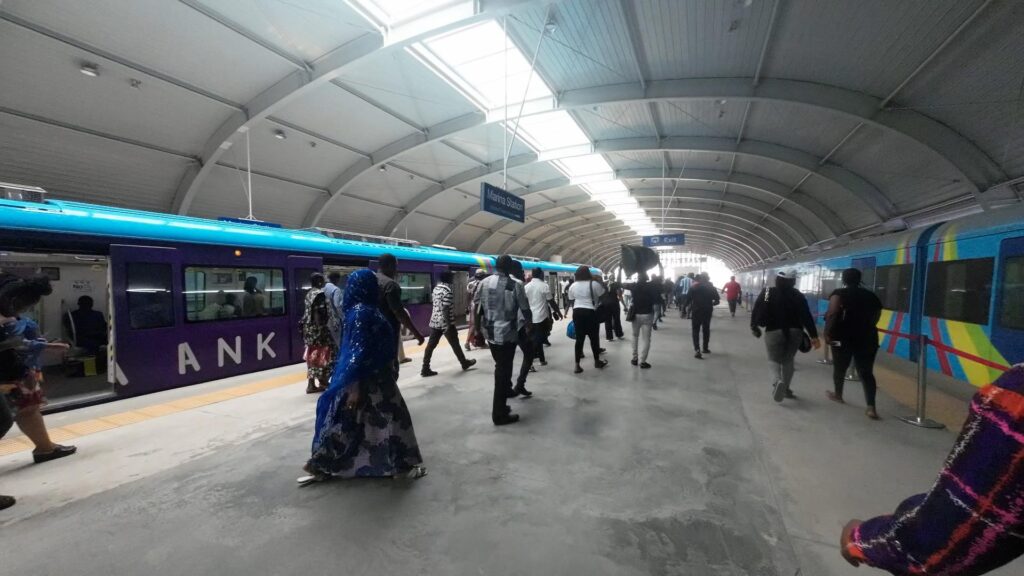
In sum, the Lagos rail project is reshaping Ikeja in all the right ways. The Red and Blue lines have injected new life into local transit, provided safe and efficient Ikeja train travel, and helped spark economic and environmental benefits. For Ikeja’s commuters, business owners and even tourists, the message is clear: Lagos’s new railways offer a smoother, cleaner ride and a brighter future for daily life in the city.

